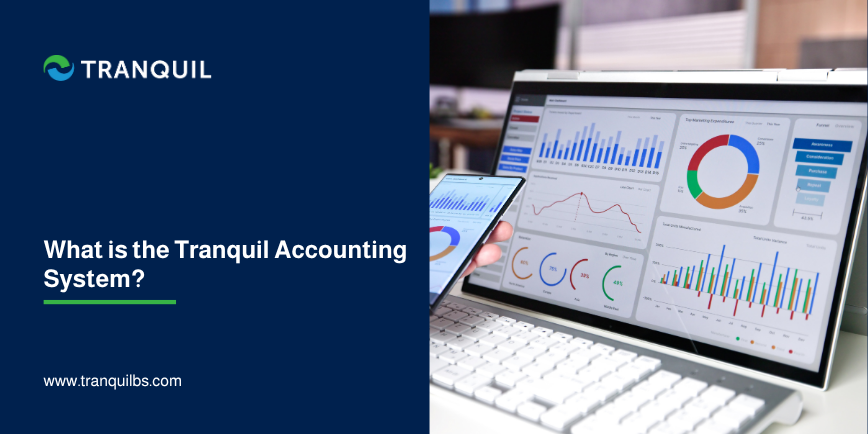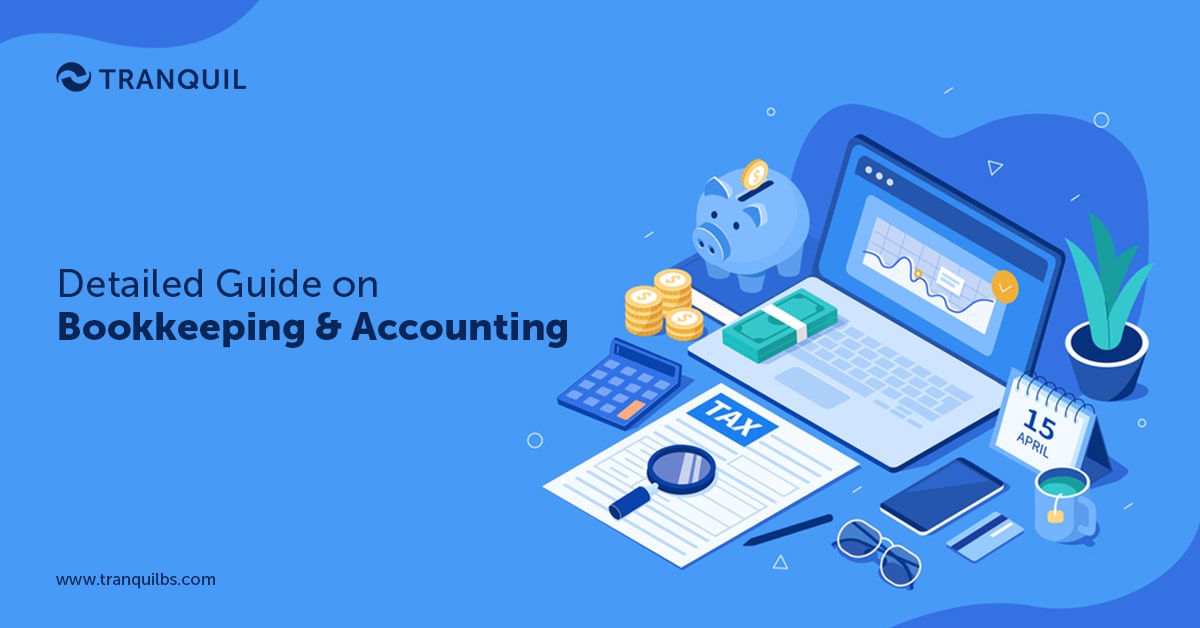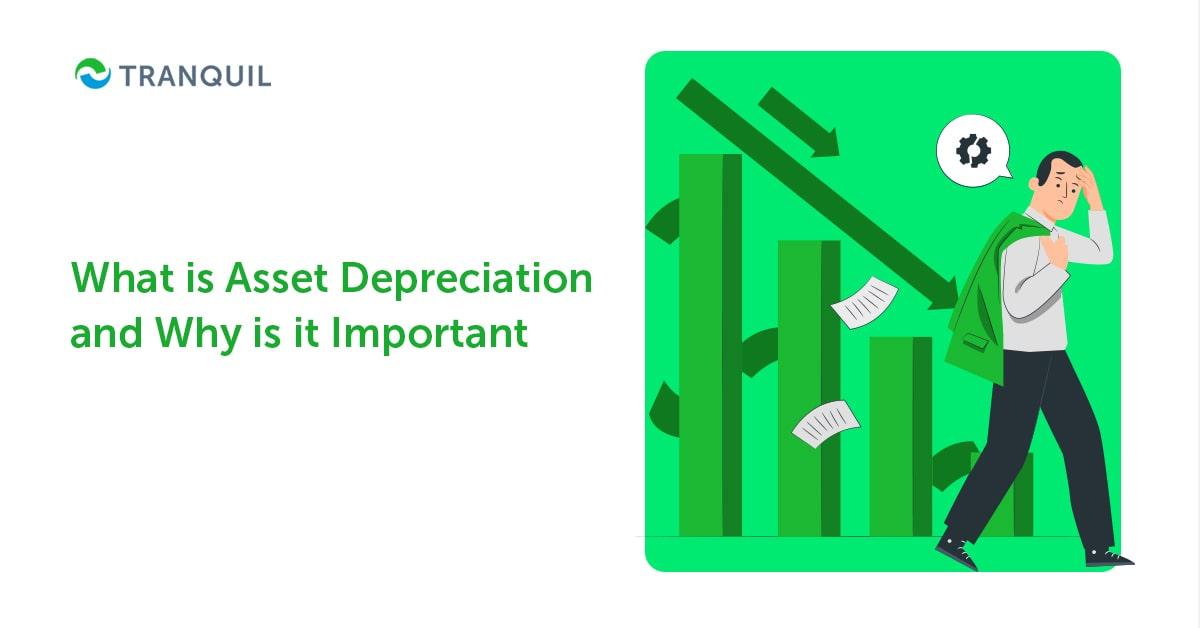
What is Asset Depreciation and Why is it Important?
Knowing the concept of assets and depreciation is vital for your small business.
This will impact your tangible assets, how they are accounted for, and what tax they will attract.
So, let us get a clear understanding of all the terms, and how depreciation is important for your business.
ALSO READ: What are the Key Stages of Fixed Asset Life Cycle?
A business has tangible and intangible assets.
Tangible assets are those assets which you can touch and see – physical assets like land, office building or space, stock, furniture, machinery, vehicles, equipment, computers, and so on.
Intangible assets are those assets owned by your business but cannot be seen, like goodwill, branding, trademarks, copyrights, patents, and so on.
While intangible assets steadily maintain their value, tangible assets depreciate in value over time.
Therefore, your business can depreciate your physical or tangible assets for the purposes of accounting and taxation.
However, intangible assets are also shown on financial statements like the balance sheet for the purposes of accounting.
What is Depreciation?
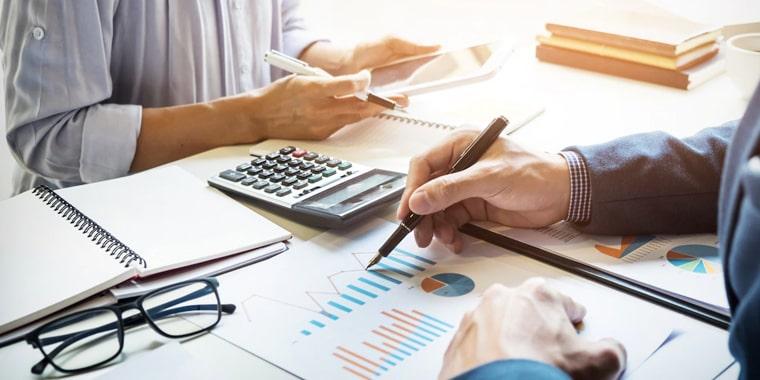
Asset depreciation becomes critical when you have expensive physical assets.
In its simplest form, depreciation refers to the practice of deducting the cost of a business asset partially every year, over several years, rather than allocate that expense to a single year.
In accounting, there are five main asset depreciation methods: units of production, declining balance, double declining, straight line, and sum of the years’ digits.
Every method is used by different types of businesses for various types of assets.
While many small business owners tend to think of depreciation as mere loss of value or as a necessary calculation for the purposes of tax liabilities.
But it’s not as simple as that. While it is an essential element of your business tax returns, depreciation is pretty complicated.
ALSO READ: What is Storage Cost of Inventory?
Let us see in detail how it is calculated and how it will impact our business.
There are two main elements of depreciation: firstly, the loss of an asset’s value over time; second, allocation of the original price you paid for the asset, over the period of time the asset is used, or in other words, the number of years you will account for its depreciation.
The time period over which an asset gets depreciated depends on how many years the asset can be used, or its useful life – estimated, of course.
There are several asset classes.
For the purpose of your annual budget or balance sheet, the depreciation cost is considered a fixed one.
It will be considered variable only if you use a unit of production method, which causes the amount of depreciation every year.
ALSO READ: Physical Stock Verification and Its Advantages
What Assets can be Depreciated?
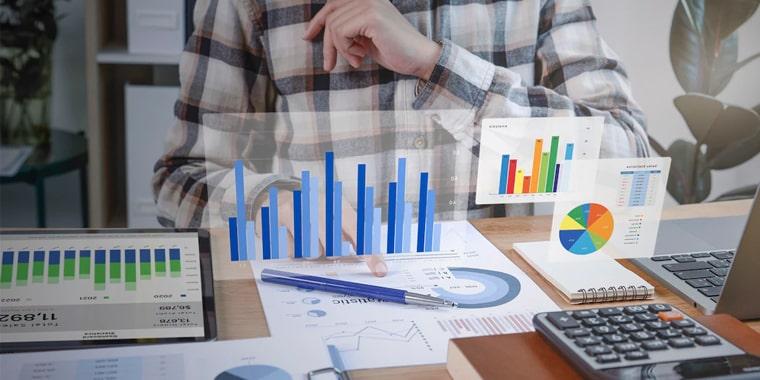
According to the principles of accounting, only those assets you own which are expected to last over a year, and have a useful law that can be estimated, can be depreciated in the books.
As per Saudi law, depreciation is allowed for an asset if:
It is intended to be used fully or partially for the businesses to earn an income and is not meant for resale.
It loses value due to normal use, obsolescence, wear and tear, and has a value that goes beyond the end of the financial (taxable) year.
The business owns the asset and has proof of ownership in the form of invoices, contracts, or other documents
The depreciation of fixed assets is allowed in a particular year, even if the asset becomes unusable or inoperable in that taxation year.
Buildings, equipment, furniture, computers, other electronics, machinery, and so on.
ALSO READ: What is a Ledger in Accounting?
What Assets cannot be Depreciated?
Any asset that does not get used up, become obsolete, or worn out, cannot be depreciated.
This includes land, personal property, assets less than a year old, investment, and collectors’ items like art, coins, and so on.
Types of Depreciation
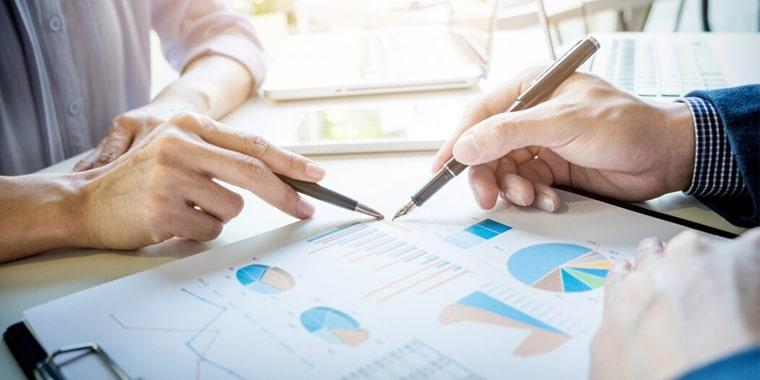
There are several methods used for depreciation.
Let us take a look at the most common fixed asset depreciation methods:
1. Straight-line Depreciation
The least complex and easiest depreciation method is the straight-line method.
It divides the value of an asset in equal measure across several years.
This means, each year, you pay an equal amount as part of the useful life of the asset.
This is an ideal method for small businesses that have basic accounting systems, or where the owners themselves prepare and file the tax returns.
The straight-line method is easy and relatively free of errors, and it allows businesses to write off the same amount every financial year as depreciation of assets.
ALSO READ: Implementing Artificial Intelligence in Procurement
This simplification is also its drawback, as the estimated useful life of an asset is, after all, an estimation.
It fails to consider the quicker loss of value in short term or higher maintenance cost as the asset ages.
It basically divides the difference between the asset cost and its scrap value by the estimated useful life to arrive at the depreciation amount to be accounted for in a year.
The Formula for Depreciation of Fixed Assets Calculation
Cost of depreciation = (The cost of the asset – salvage value) / estimated number of years of useful life. Here, salvage value refers to the estimated value of the asset in monetary terms, at the end of its life
ALSO READ: What is Job Costing?
2. Double-Declining Depreciation
This method is a type of declining or reducing balance depreciation that allows you to write off a higher amount as depreciation immediately after purchasing the asset, and lesser amounts as the years pass.
This is ideal for businesses that are interested in recovering more value from the asset in the initial years, rather than wait for a few years.
This means small businesses or startups that have plenty of initial expenditure and need more funds quickly, can use this method to their advantage.
The double declining depreciation method offers the advantage of offsetting the higher maintenance expenditure for the asset as it gets older.
Another benefit that businesses get by writing higher amounts as depreciation in the initial years is that they can get maximum tax relief.
Although, you must keep in mind that if your business already has a tax loss in a specific year, you won’t be given an extra tax deduction for that year again.
ALSO READ: Detailed Guide on Budget Variance Analysis
The Formula of Depreciation:
(Single line depreciation rate x asset value at the year’s beginning as per the books of account.) x 2.
You can also make use of a double-declining calculator.
The cost as per the books of account refers to the amount got after deducting the amount of depreciation you have already taken in the past years, from the original cost of the asset.
3. Sum of the Years’ Digits Depreciation

Like the double declining method, the sum of the year’s digits or SYD depreciation method is a method of calculating accelerated depreciation.
In this method, there is no decrease in the book value of the asset; instead, a weighted percentage is worked out, depending on how much useful life of the asset is left.
This method is suitable for businesses that need to retrieve a higher value initially, but with a more equitable distribution than that compared to the double declining method.
The biggest benefit with this kind of accelerated depreciation is that it lowers your income that can be taxed and hence your tax liability in the initial years of the life of the asset.
However, it is quite complex to calculate, and it is possible you may make errors.
ALSO READ: What is Inventory Aging and Why is it Important?
Depreciation Formula
You first need to calculate the sum of the years digit by adding the digits of every year of depreciation.
So if you have to calculate for 4 years, the sum would be 4 + 3+ 2+ 1 = 10.
Next, you divide each year by this number to arrive at the depreciation percentage for that year.
Therefore, to calculate the depreciation percentage for year 1, you need to divide the digit of year one (4) by the sum, or 10. 4/10 = 40%.
Then apply the formula:
(Years of the useful life of the asset remaining / sum of the years digit) x (cost of the asset – scrap value)
ALSO READ: Why Safety Stock is Important?
4. Units of Production Depreciation
This method is relatively simple when compared to sum of the years and double declining, and depends on the frequency of use of the asset.
Units of production can be anything that the said machine or equipment makes or produces.
The number of sandwiches a grill can do, the number of hours a freezer operates, the number or hours a motor runs, and similar.
This is the ideal method for businesses that have to write off machinery with an accepted and quantifiable output in the course of its useful life.
You must have a system in place to trace your equipment usage and be prepared to write off varying amounts each year.
This method provides a very accurate view of how much your asset depreciates based on its actual use, provided your system of tracking is proper and accurate.
Unfortunately, however, it cannot be used in several real-life situations.
This is because one cannot forecast the number of units an asset can produce till the end of its operational life.
ALSO READ: A Complete Guide to Cash Flow Analysis
How Does Depreciation Affect Tax Liability?
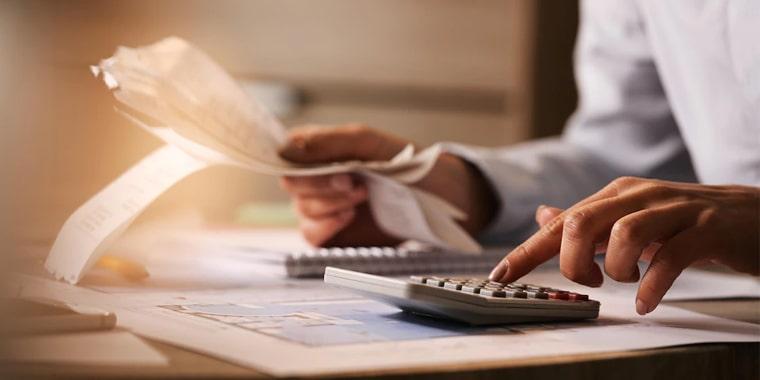
In accounting, depreciation is something that reduces your taxable income and hence your tax liability; it is, in other words, a type of tax deduction offered to businesses, by monitoring how much value is lost in the course of its use or operation.
The more the depreciation, the lower your taxable income.
According to laws in KSA, these are the depreciation rates for the following categories of assets:
Buildings – 5%
Industrial and agricultural buildings (movable) – 10%
Cost of geological surveys, exploration, drilling, and other preliminary work aimed at the development of natural resources – 20%
Vehicles for cargo and passengers, factories, computer software, machinery, and equipment – 25%
Any other tangible and intangible asset not falling into any of the above categories, like goodwill, trains, ships, aero planes, furniture, and so on – 10%
For the purposes of taxation, declining balance method as per the rates mentioned here have to be followed.
ALSO READ: What is Demand Forecasting?
However, for Zakat payers, the straight-line depreciation method is permissible, as per Zakat rules.
When it comes to acquiring or disposal of assets, 50% of the permitted price paid or received is added or subtracted respectively from the asset pool in the year or purchase or sale, and the remaining 50% in the next year.
The cost base of assets moved between companies of the same parent company or group must be fixed at the net book value.
Why put in your precious time and effort manually calculating your tax liability? Switch to Tranquil cloud ERP – Saudi Arabia’s leading ERP solution. It has a robust Finance module that will take care of all this and more. Schedule a demo at your convenience to know more.


